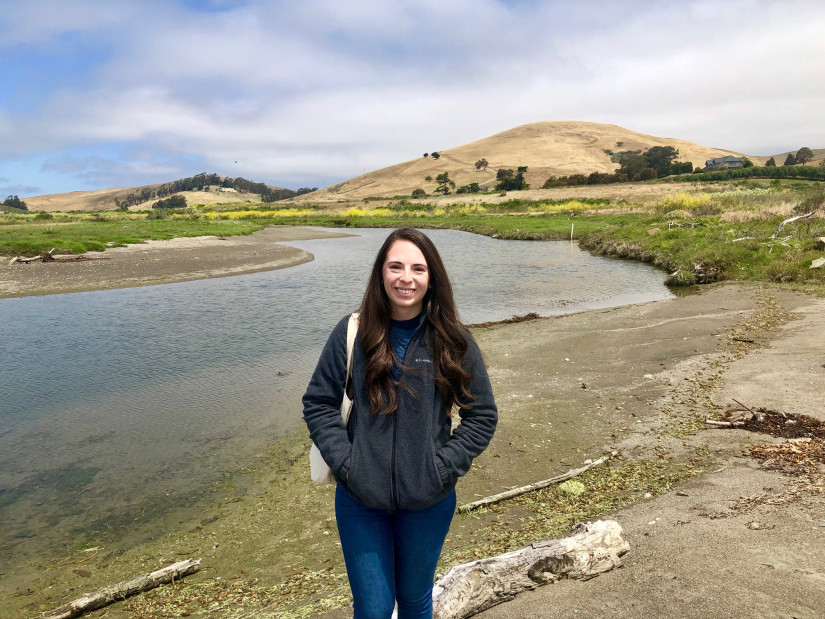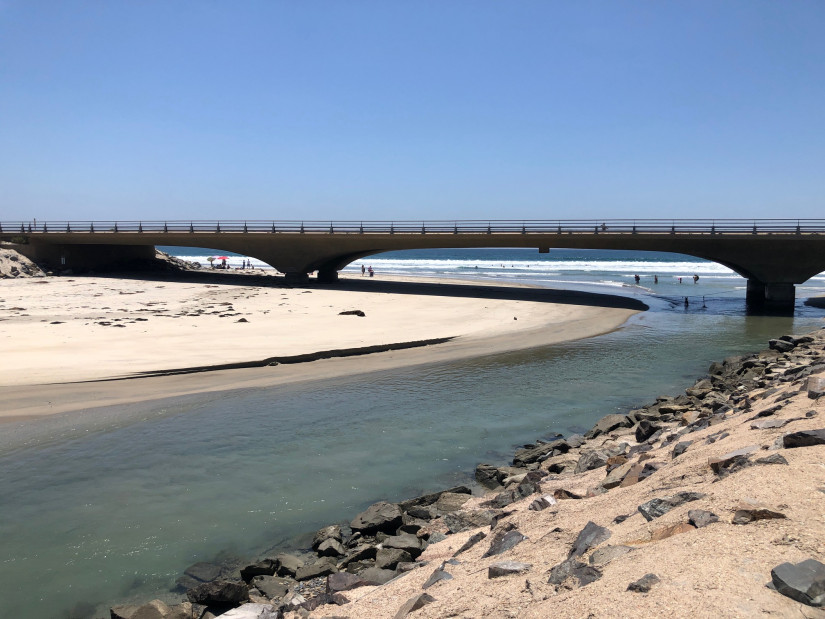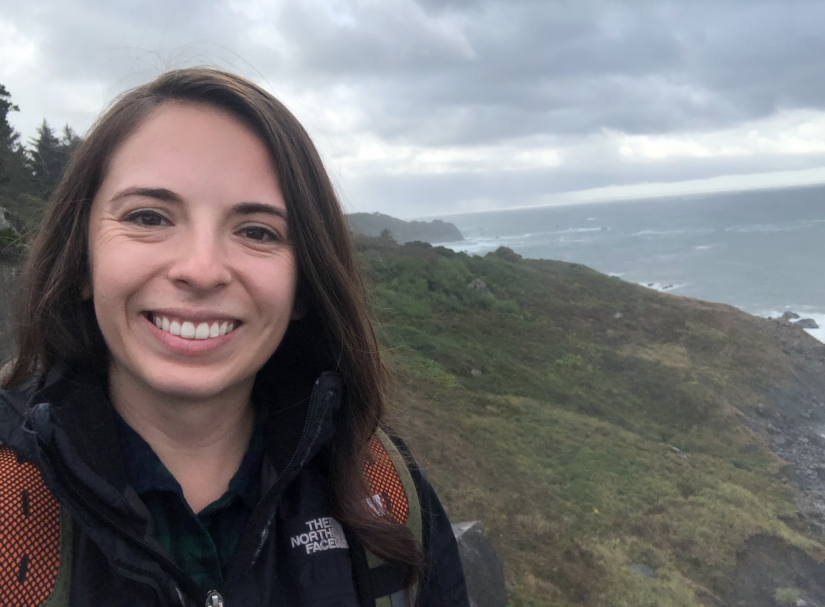The focus of my fellowship with California State Parks has been one habitat type in particular, estuaries. I am leading the new Estuaries Initiative within our Natural Resources Division’s Coastal Program. The goal of this initiative is to develop a comprehensive statewide approach for the restoration and preservation of lagoons and estuaries within California State Parks. Going into my fellowship, I was not an estuaries expert, so I studied as much as I could about their form, function, and potential stressors, and came away with a few basics that I think you should know:
- Estuaries are areas where freshwater mixes with saltwater
- They filter toxins such as pesticides and heavy metals out of the water
- They act as buffers between the open ocean and coastal communities by reducing the effects of erosion and flooding from sea-level rise and storm surges
- They provide a refuge for important fish species and migratory birds
Unfortunately, much of California’s estuarine habitat has disappeared since European settlement. Many of the estuaries that still exist are much smaller than they used to be and are now adjacent to major highways, houses, or agricultural land. At the start of my fellowship, I was asked to look into how many estuaries are within state parks, how vulnerable they are to sea-level rise, and what restoration work we have done in the past. Although reviewing data can be enlightening, there is only so much you can learn about estuaries sitting in an office over a hundred miles away from the coast. While I would have loved to spend my entire fellowship visiting every single estuary on state parks property, I came up with a more realistic approach to gathering information. I proposed to conduct a series of interviews with scientists in each of the 11 coastal California State Parks Districts in order to see our estuaries through their eyes.

District staff are on the ground, not only managing our natural resources, but also interacting with the public and other agencies. District staff deal with issues ranging all the way from protecting Western snowy plover nests to crafting effective educational signs. They are constantly working to uphold the challenging aspects of California State Parks’ mission: protecting California’s most valued natural and cultural resources and creating opportunities for high-quality outdoor recreation.
Maintaining and protecting the integrity of our natural resources is one thing, but going above and beyond to actually restore disturbed systems is another. I knew that if I wanted to help restore estuaries throughout California State Parks, working with district staff would be essential.
I began scheduling interviews with the senior environmental scientists from our coastal districts. It took a few months, but I was pleasantly surprised that I was able to speak with every single one of them despite their busy schedules. Most interviews were over the phone, but I did go on a few site visits to our San Diego Coast, North Coast Redwoods, and San Luis Obispo Coast Districts. I was blown away by the amount of knowledge staff had, even about the tiniest estuaries.
In the coming months I plan to synthesize what I’ve learned and present it at an estuary management and restoration workshop that I am helping to organize. The Estuaries Initiative will likely continue after my fellowship, and I am hopeful that my efforts will provide foundational information for restoring and managing California State Parks estuaries in the future.

